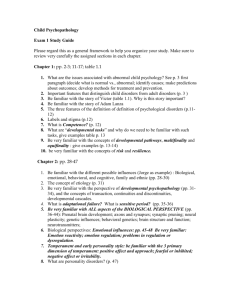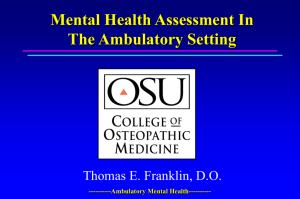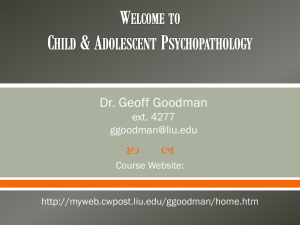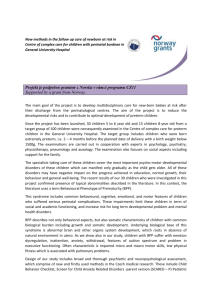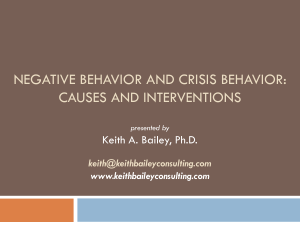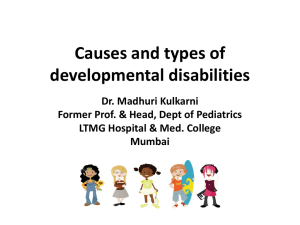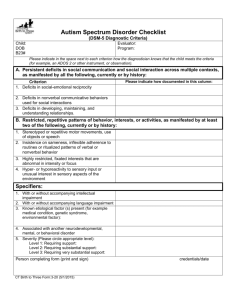Hayo Terband * Modelling processing deficits in developmental
advertisement
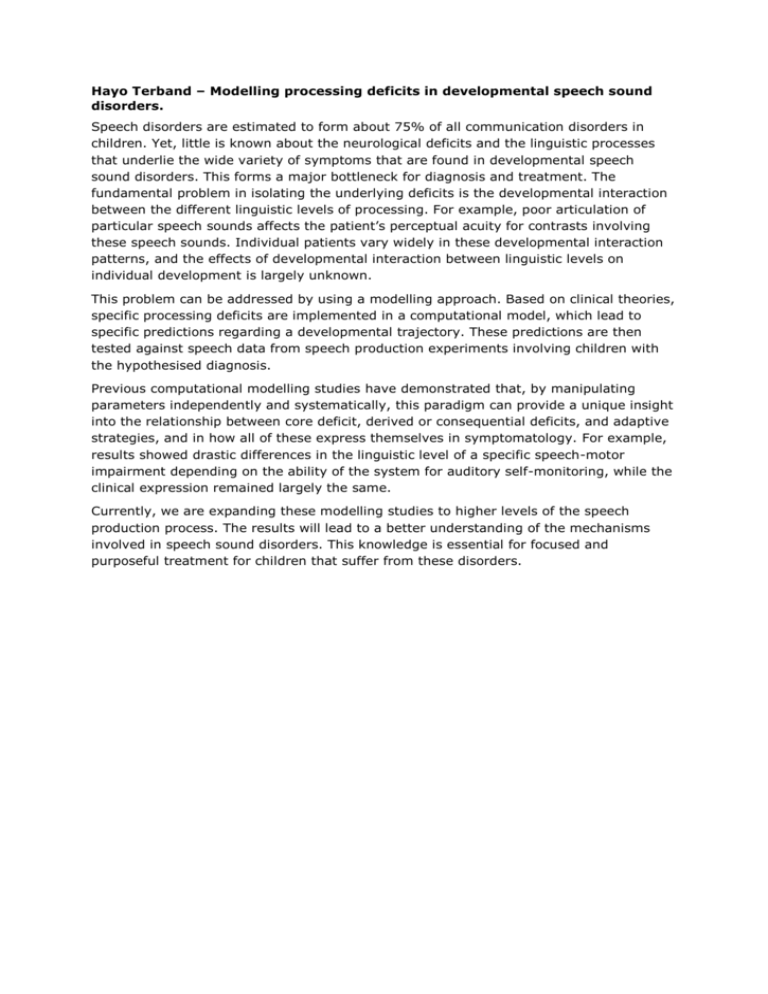
Hayo Terband – Modelling processing deficits in developmental speech sound disorders. Speech disorders are estimated to form about 75% of all communication disorders in children. Yet, little is known about the neurological deficits and the linguistic processes that underlie the wide variety of symptoms that are found in developmental speech sound disorders. This forms a major bottleneck for diagnosis and treatment. The fundamental problem in isolating the underlying deficits is the developmental interaction between the different linguistic levels of processing. For example, poor articulation of particular speech sounds affects the patient’s perceptual acuity for contrasts involving these speech sounds. Individual patients vary widely in these developmental interaction patterns, and the effects of developmental interaction between linguistic levels on individual development is largely unknown. This problem can be addressed by using a modelling approach. Based on clinical theories, specific processing deficits are implemented in a computational model, which lead to specific predictions regarding a developmental trajectory. These predictions are then tested against speech data from speech production experiments involving children with the hypothesised diagnosis. Previous computational modelling studies have demonstrated that, by manipulating parameters independently and systematically, this paradigm can provide a unique insight into the relationship between core deficit, derived or consequential deficits, and adaptive strategies, and in how all of these express themselves in symptomatology. For example, results showed drastic differences in the linguistic level of a specific speech-motor impairment depending on the ability of the system for auditory self-monitoring, while the clinical expression remained largely the same. Currently, we are expanding these modelling studies to higher levels of the speech production process. The results will lead to a better understanding of the mechanisms involved in speech sound disorders. This knowledge is essential for focused and purposeful treatment for children that suffer from these disorders.
